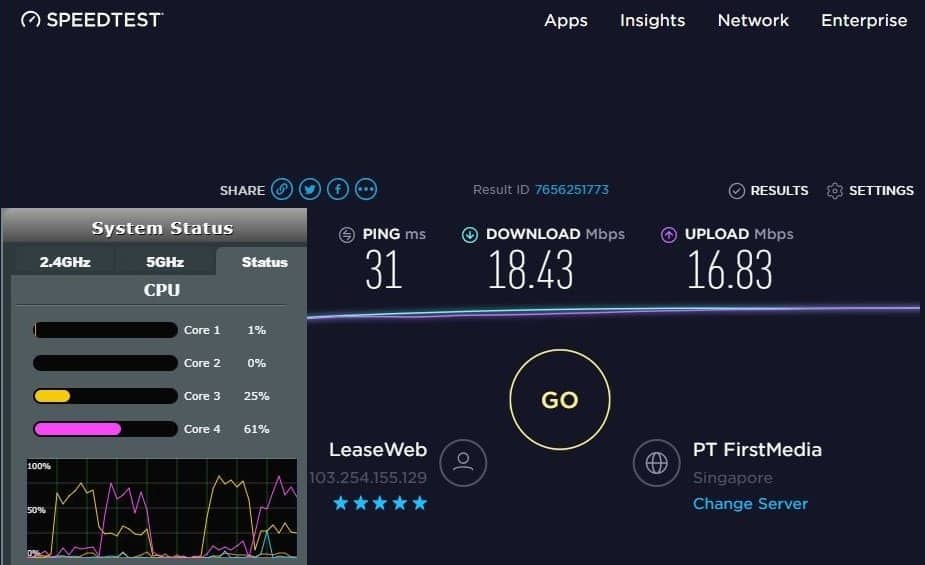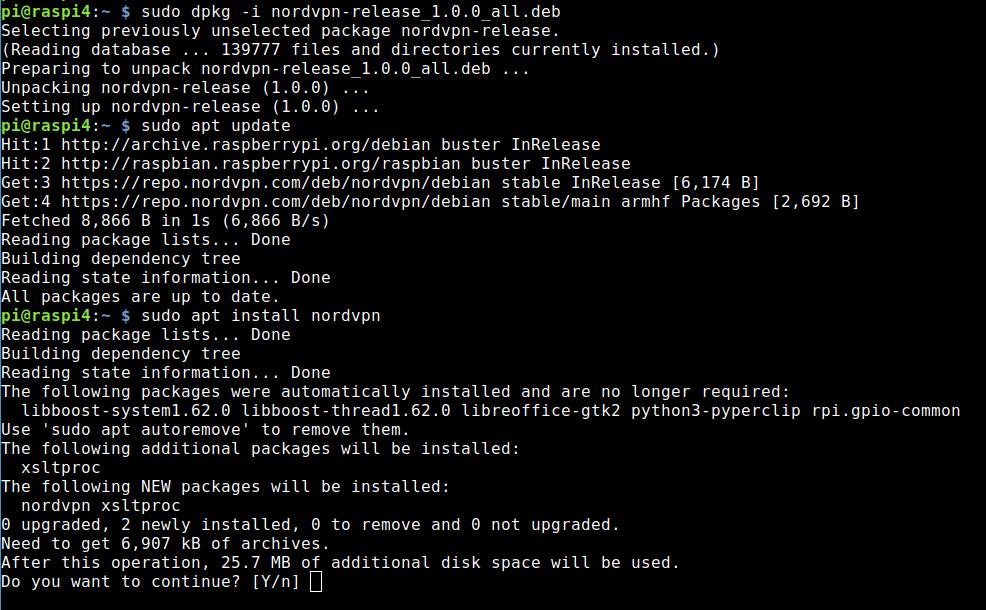

And what about your smart home thermostat or wireless security system? With the advance of the Internet of Things, we have more home appliances that connect to the internet, each of them potentially hackable. You can set up a VPN on your computer easily, but you'll need to set up another one on your smartphone. A VPN hides your internet activity in a ‘tunnel’ and encrypts the signals that your computer sends to the server. If you’d like to protect your privacy, the best and easiest way is to use a VPN, or Virtual Private Network. In case of connection failure, click on the “log” icon to view IKEv2 logs.When you go online, hackers, cyber-thieves, or the perennially curious can easily gather your IP (Internet Provider) address and use it to see what sites you visit online and even to steal your private details. If connection is successful, a green dot will appear on the left of the connection configuration line.Click on the blue “Play” button to start the NordVPN IKEv2 connection.Then, enter a name for the IKEv2 connection, enter the server host name to connect to, select the Auth Config created in the previous step. Click the Add button under Connections.Enter your NordVPN username and password in the MSCHAPv2 username & password fields.Update : it is no longer necessary to upload the IKEv2 certificate. In the Server Certificate field, select the NordVPN IKEv2 certificate file downloaded above.

Under the Client tab, check the network you want to enable NordVPN for, then click the Add button under “Auth Configs” to add a new authentication configuration for NordVPN.Log on the pcWRT console, open the “strongSwan (IPsec)” page under Apps.Update : It is no longer necessary to download the NordVPN IKEv2 certificate (skip to the next section).ĭownload the NordVPN IKEv2 Certificate from here: Add a NordVPN IKEv2 connection Download root CA certificate for NordVPN IKEv2 connections


 0 kommentar(er)
0 kommentar(er)
